All products featured are independently chosen by us. However, SoundGuys may receive a commission on orders placed through its retail links. See our ethics statement.
Shure AONIC 50 vs Bose Noise Canceling Headphones 700
April 7, 2021
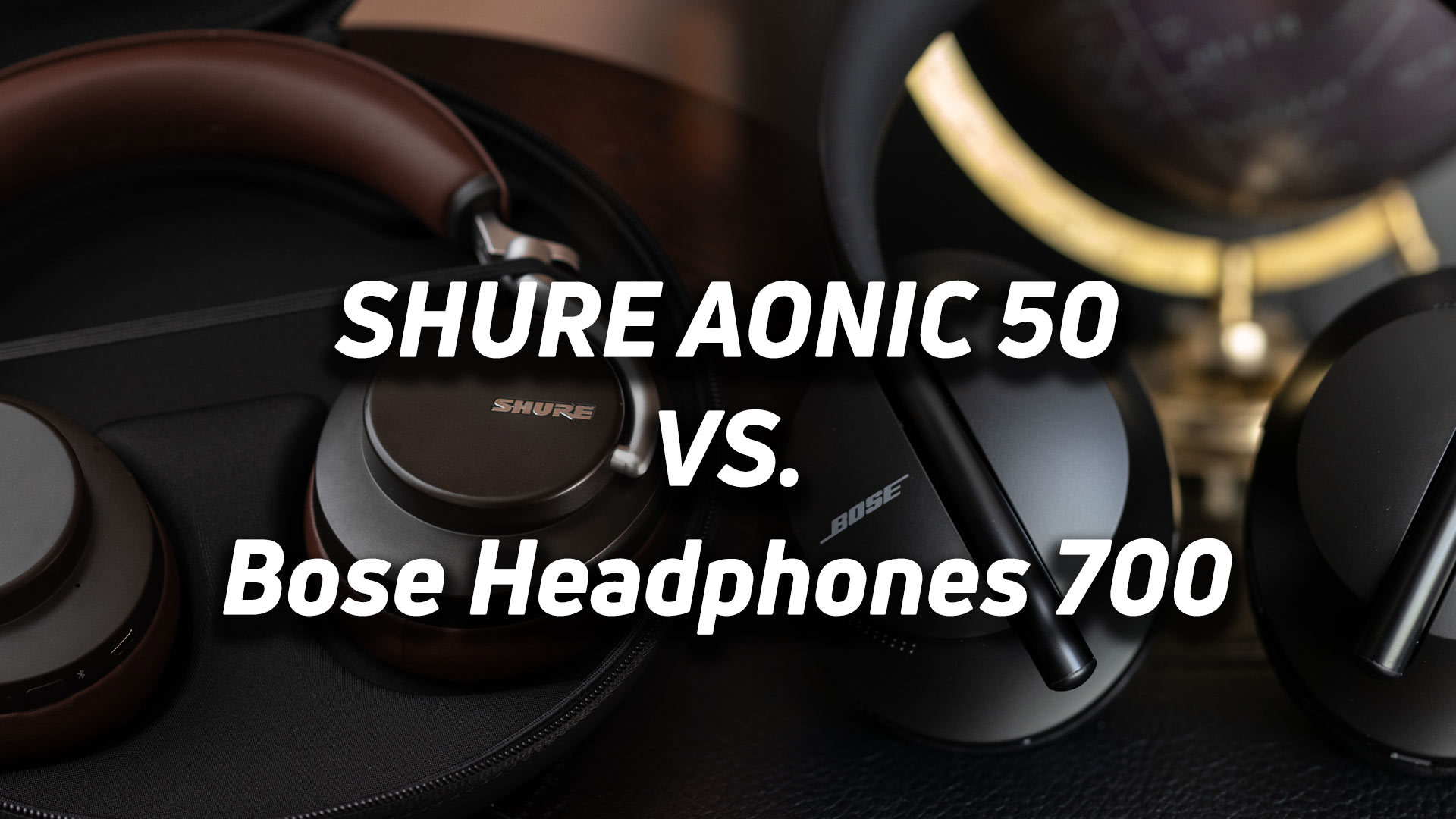
We save for months at a time for luxury goods, and headphones are no exception. When it comes time to invest in the best, we want you to be well informed. We’re pitting the Shure AONIC 50 vs. the Bose Noise Canceling Headphones 700 to see which top-tier headset is best suited for you. Rest assured, whether you run with Shure or Bose, you’ll be very, very happy.
Editor’s note: This post was updated on April 7, 2021 to include a noise canceling chart for the Bose Noise Canceling Headphones 700 generated by our new testing hardware.
Bose and Shure’s designs are very different
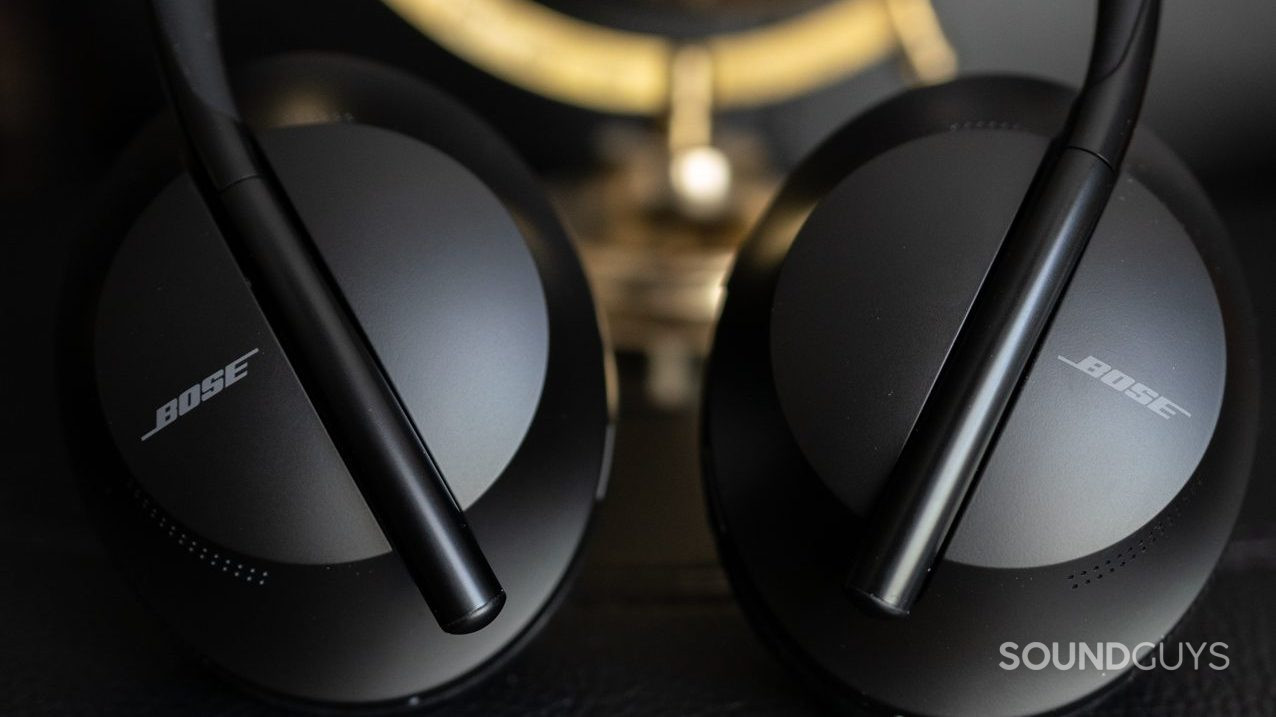
Both the Bose Noise Canceling Headphones 700 and the Shure AONIC 50 are constructed from plastic and use metal to reinforce the headbands. Each headset features plastic ear cup housings and synthetic leather coverings for the memory foam ear pads. Bose’s ear cups have an oblong shape, making them taller and narrower than Shure’s. However, the AONIC 50’s classic round ear cups are still plenty comfortable and allow for ample wiggle room.
Although the Bose Noise Canceling Headphones 700 looks more premium than the QuietComfort 35 II, they’re less comfortable. Consequently, the Bose headphones are also less comfortable than the AONIC 50, despite being 80 grams lighter. The culprit: stiff earpads. They improve passive isolation, which further bolsters active noise canceling performance, but the Bose ear pads are still no match for the dense material used by Shure in tandem with its noise canceling technology.
Nether headset can collapse into itself for transport, but both can fold flat.
Bose opted for a soft-touch rubberized material on the Noise Canceling Headphones 700 headband’s interior, which looks great but can pull hair like the Beats Solo Pro. The Shure AONIC 50’s leatherette headband creates less friction and doesn’t pull hair.
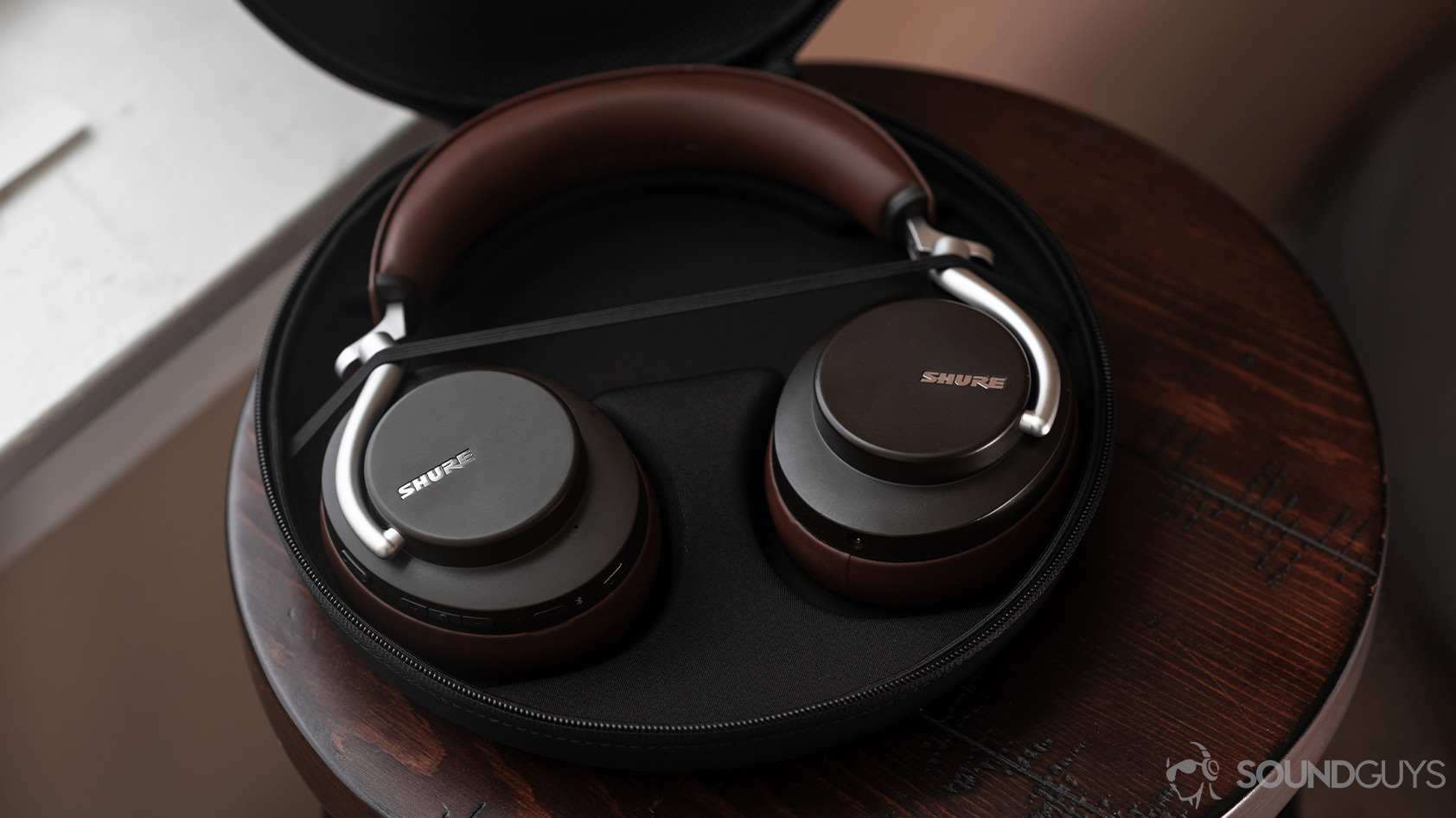
Both headsets are equally portable as the ear cups movements are limited; they only rotate to lie flat against a surface. This is great for sliding into a backpack, but sometimes the path of least resistance means balling headphones up and tossing them atop an already stuffed bag—which can’t be done with either headset. If you want an active noise canceling flagship that collapses into itself, look into the Sony WH-1000XM3 or WH-1000XM4 instead. Both carrying cases are sturdy, though Shure’s is more rigid, and thus more durable.
No matter which pair of headphones you get, you’ll benefit from USB-C charging and a headphone jack for full FLAC audio enjoyment. Unfortunately, both Shure and Bose committed to the less popular 2.5mm input in order rather than the more common 3.5mm input, so if you lose or break the cable that’s something to be aware of when replacing it.
How are the onboard controls?
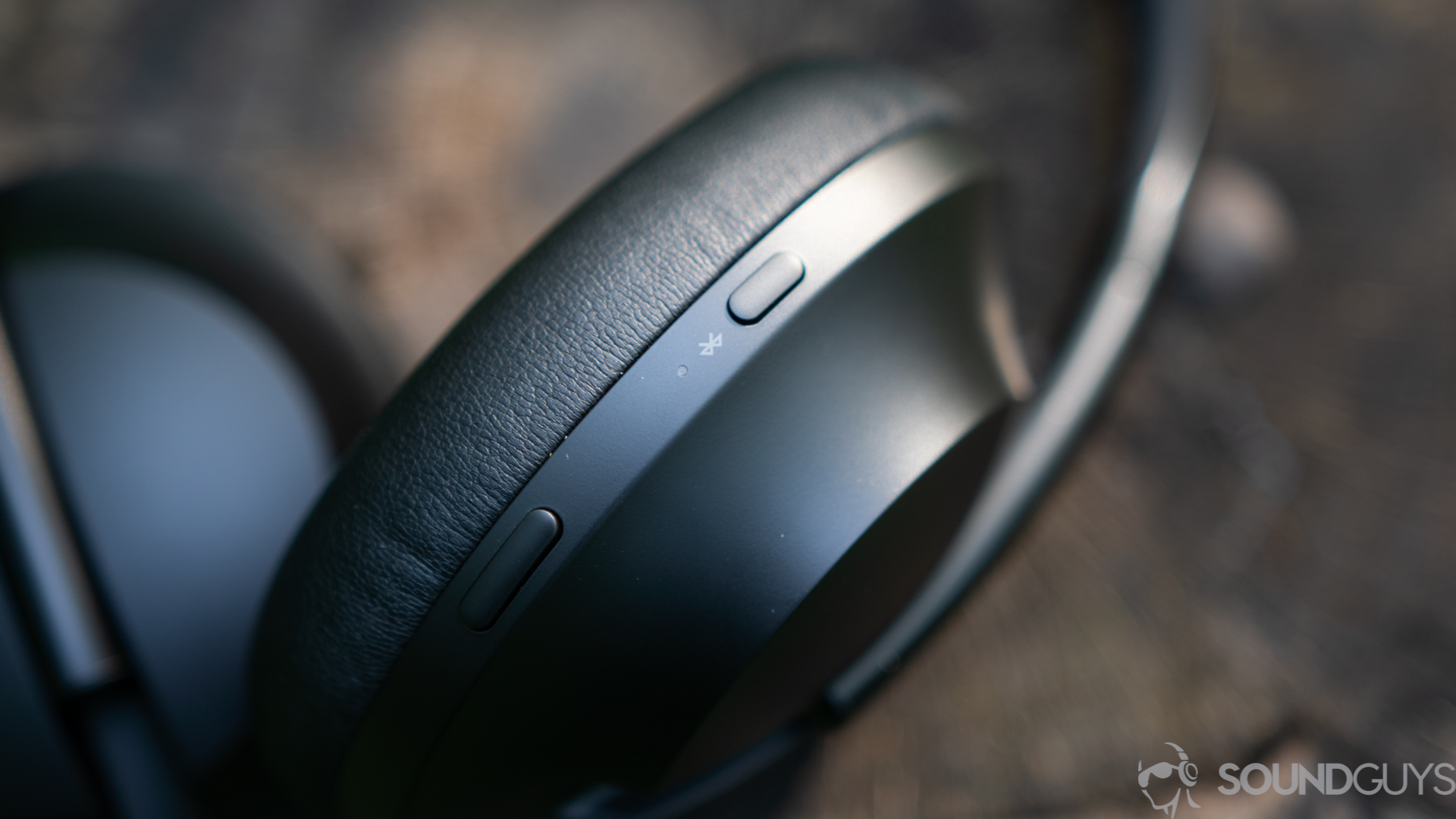
Bose supports hands-free Alexa access, but users will have to press the designated voice assistant button to talk to Google Assistant or Siri. When it comes to onboard controls, Bose went with the hybrid approach: both ear cups act as touch panels for call, playback, and volume control, and the buttons are for powering the headset on/off, virtual assistant access, and cycling through noise canceling levels or enabling passthrough mode.
You can control playback, noise cancellation/passthrough, volume levels, and access your virtual assistant directly the Shure AONIC 50, too, but the controls are tactile only. This can be good or bad, since touch controls aren’t universally enjoyed by consumers.
Winner: Shure AONIC 50
These are similar microphone systems
Bose’s microphone system attenuates low-frequency sounds to a greater degree than Shure’s, with Shure’s 0.4.9 firmware update. Although this appears to be a dramatic slope in low-frequency response, it’s strategic: quieting low-frequencies combats the proximity effect, when bass notes are amplified as a speaker gets too close to a microphone. The downside to this is that it can also make speakers sound a little “distant” or hollow because certain parts of their vocal registers are quieter than others. With the Shure AONIC 50’s firmware version 0.4.9, the frequency response on their microphone is now more accurate than before.
Bose Noise Canceling Headphones 700 microphone demo:
Shure AONIC 50 microphone demo (firmware 0.4.9.):
Bose’s microphone array does a better job reproducing accurate vocal transmission while simultaneously reducing background noise, which is important when taking calls outside of the house. But the Shure AONIC 50’s microphone is still pretty good.
Which microphone sounds better to you?
Winner: Bose Noise Canceling Headphones 700
The Shure AONIC 50 supports the most Bluetooth codecs
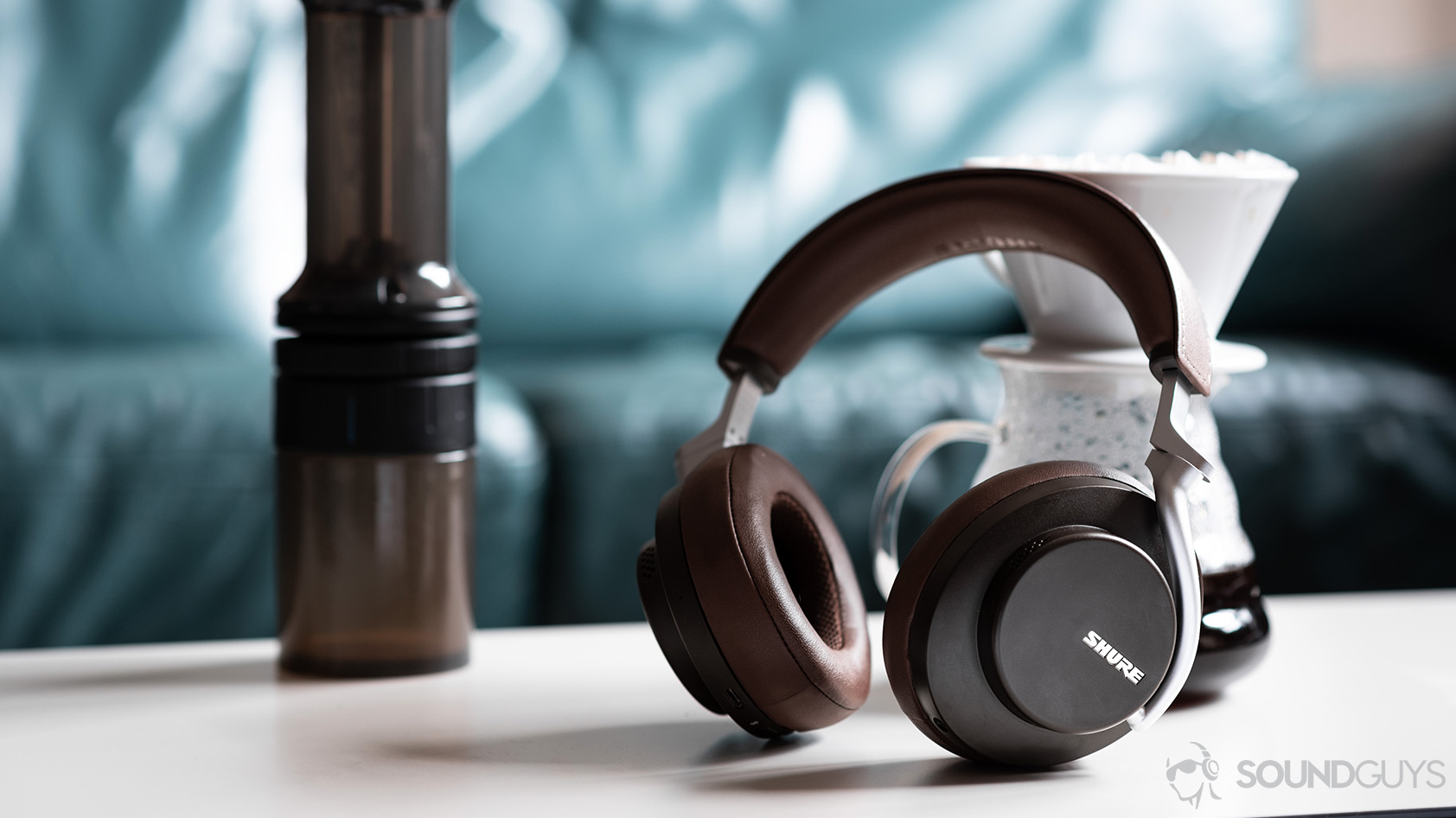
The Bose Noise Canceling Headphones 700 and Shure AONIC 50 are both Bluetooth 5.0 headsets at the top of their games, but the latter supports every Bluetooth codec one could want (aptX Low Latency, aptX HD, LDAC, aptX, AAC, and SBC), and can drive high-quality audio to any operating system. Bose’s headphones only support AAC and SBC, so only iPhone users will get high-quality wireless audio. Anyone whose free time consists of plenty of TV-streaming, the Shure AONIC 50 is your best bet for lag-free videos.
| Shure Aonic 50 | Sony WH-1000XM3 | Bose Headphones 700 | Bose QC 35 II | |
|---|---|---|---|---|
SBC | Shure Aonic 50 ✔ | Sony WH-1000XM3 ✔ | Bose Headphones 700 ✔ | Bose QC 35 II ✔ |
AAC | Shure Aonic 50 ✔ | Sony WH-1000XM3 ✔ | Bose Headphones 700 ✔ | Bose QC 35 II ✔ |
aptX | Shure Aonic 50 ✔ | Sony WH-1000XM3 ✔ | Bose Headphones 700 | Bose QC 35 II |
aptX HD | Shure Aonic 50 ✔ | Sony WH-1000XM3 ✔ | Bose Headphones 700 | Bose QC 35 II |
aptX LL | Shure Aonic 50 ✔ | Sony WH-1000XM3 | Bose Headphones 700 | Bose QC 35 II |
LDAC | Shure Aonic 50 ✔ | Sony WH-1000XM3 ✔ | Bose Headphones 700 | Bose QC 35 II |
Both headsets support multipoint connectivity, when one headset is connected to two or more devices at a time, but the Bose outdoes the Shure AONIC 50 here. The Noise Canceling Headphones 700 can connect to three devices simultaneously, while the Shure AONIC 50 is limited to two. The extended functionality isn’t enough to outweigh the lack of Bluetooth codec support, though, so Shure still wins this round handily.
Winner: Shure AONIC 50
Do the Shure or Bose headphones have better battery life?
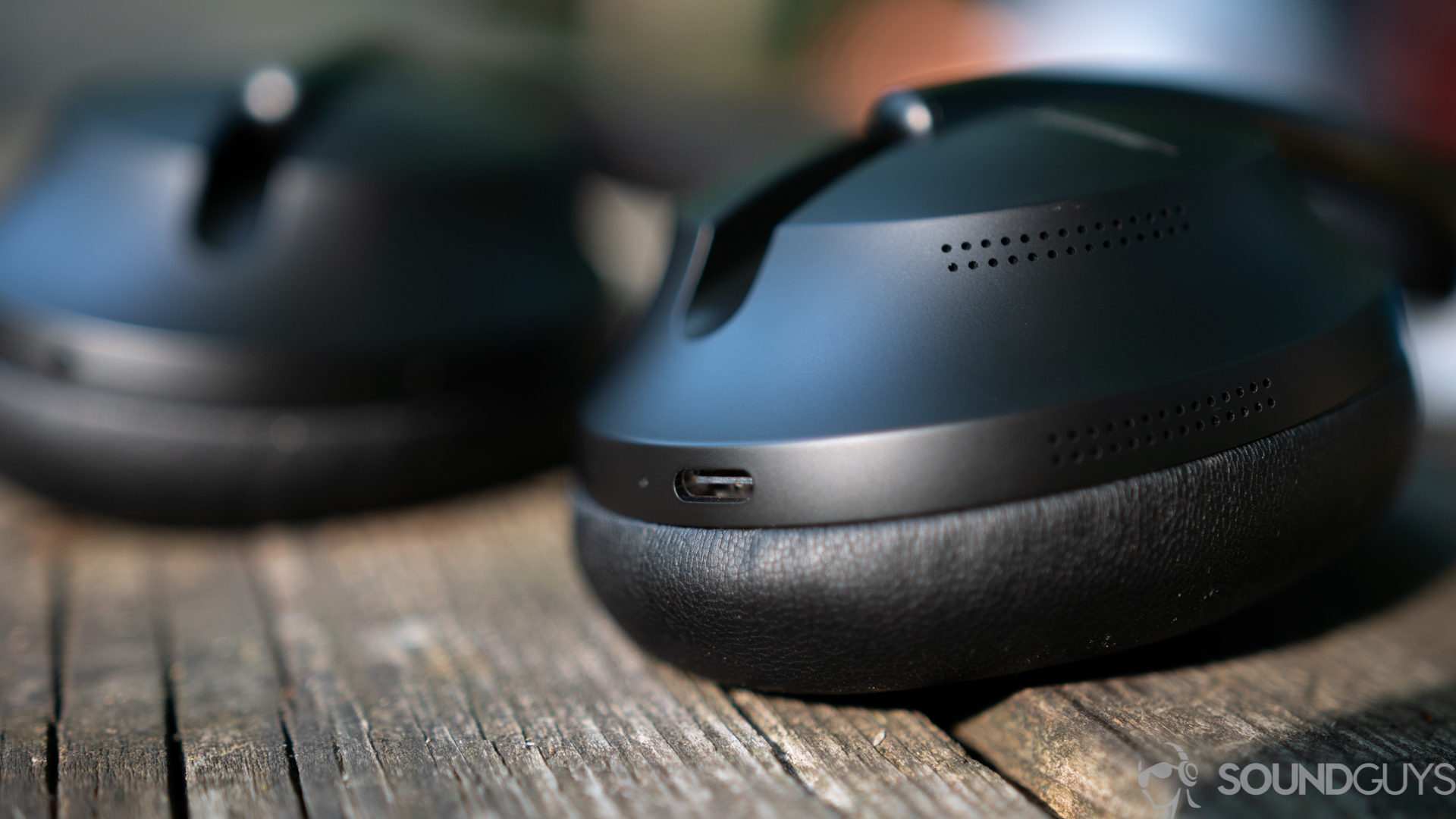
This metric was the easiest to measure, because we subject every audio product to a constant 75dB(SPL) output until the batteries are drained. Anytime we test ANC headphones, we make sure to max out noise canceling during testing. We measured 21 hours, 25 minutes of playback with the Bose Headphones 700 and 19 hours, 46 minutes from the Shure AONIC 50. Both battery capacities are impressive and supply more than enough juice for daily use, but Bose is the clear winner when it comes to battery life.
Winner: Bose Noise Canceling headphones 700
Shure has better noise canceling than Bose
If you’re in search of the absolute best raw noise cancellation, the Shure AONIC 50 are your best bet. They actively filter out sounds across the frequency spectrum more effectively than the Bose Noise Canceling Headphones 700, save for a small range from 2-4kHz. Bose’s noise canceling technology is still good, great even, but it’s no match for Shure’s headphones.
In the charts above, Bose’s headphones do an okay job at attenuating noise where the headphones themselves can’t block out noise itself, but not as well as the Shure AONIC 50—in fact they don’t even fair as well as their predecessor, the Bose QuietComfort 35 II. At 100Hz, the AONIC 50 renders noise to 1/4th as loud as it would be without headphones on, whereas the Bose can only halve it. This means listeners trying to rack up their skymiles and even those who are just daily commuters are better off investing in Shure. A lot of the noise reduction is due to the fact that the Shure AONIC 50 are much better isolators, and by physically blocking out sound, it more easily deals with incidental noise like people chatting around you.
Frequent travelers and daily commuters will benefit much more from the AONIC 50 than Bose's headphones.
Whether you go with Shure, Bose, or some other noise canceling headset, you’re investing in your auditory health: ANC technology can help reduce your risk of noise-induced hearing loss, just one of many kinds of hearing loss people can suffer from. Since noise canceling headphones actively reduce external noise, it lessens the chance you’ll increase the volume to dangerous levels thereby reducing the risk of auditory damage.
Winner: Shure AONIC 50
Related: Sony WH-1000XM4 review
Do the Shure or Bose headphones have better sound quality?
Bose and Shure fully loaded their respective headsets with plenty of advanced microphone and noise canceling technology, but this Shure AONIC 50 vs. Bose Noise Canceling Headphones 700 piece would be remiss if we failed to address sound quality. But before we go into that, just be aware that you can tailor the sound of your headphones by using the baked-in equalizer function in botht he Bose Music app and the Shure
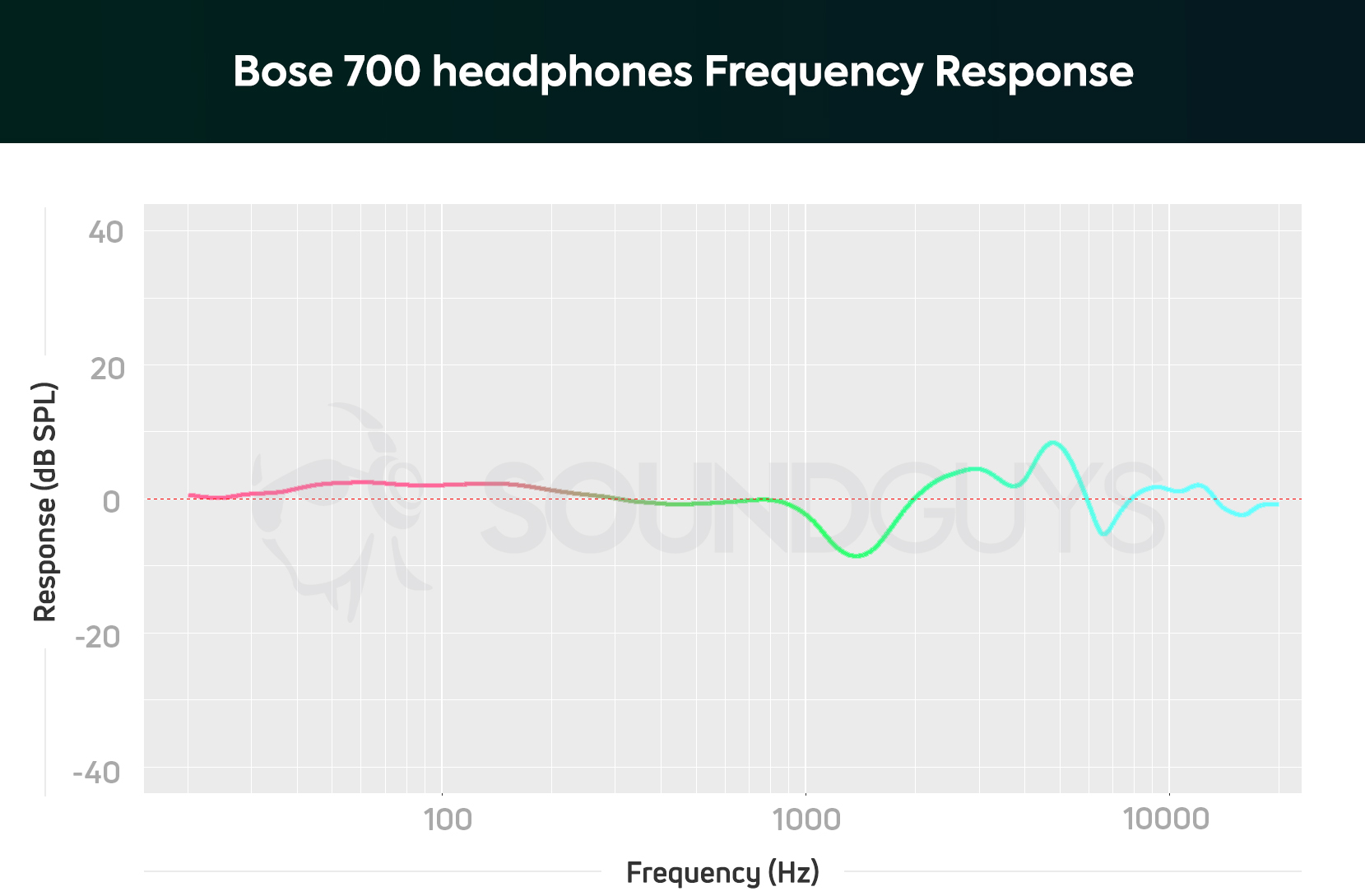
Shure and Bose both received high sound quality scores from our tests, but there are nuanced differences between the two sound signatures. Let’s first look at Bose: a gentle 30-300Hz bass bump makes it easier to discern bass lines and vocals from accompanying instrumental din.
As of firmware version 0.4.9, Shure’s headset slightly amplifies the sub-bass frequencies to make their sound signature more neutral. Its frequency response has somewhat emphasized treble for greater perceived vocal and instrumental clarity. What an individual deems “good” or “bad” is subjective—some listeners prefer bass-heavy sounds, while others look for an analytical reproduction of their favorite tunes.
Shure and Bose both reproduce accurate audio quality, getting listeners very close to how artists intended for their music to sound.
This sound quality section is extremely close, and to determine a winner we averaged the individual bass and midrange scores for each headset: those are the most influential frequencies in your music. Upon doing so, the Shure received a combined bass/midrange score of 9.65, and Bose received a score of 9.55. Both headsets sound excellent, but we needed some way to break the tie and give this one to the Shure AONIC 50.
Winner: Shure AONIC 50
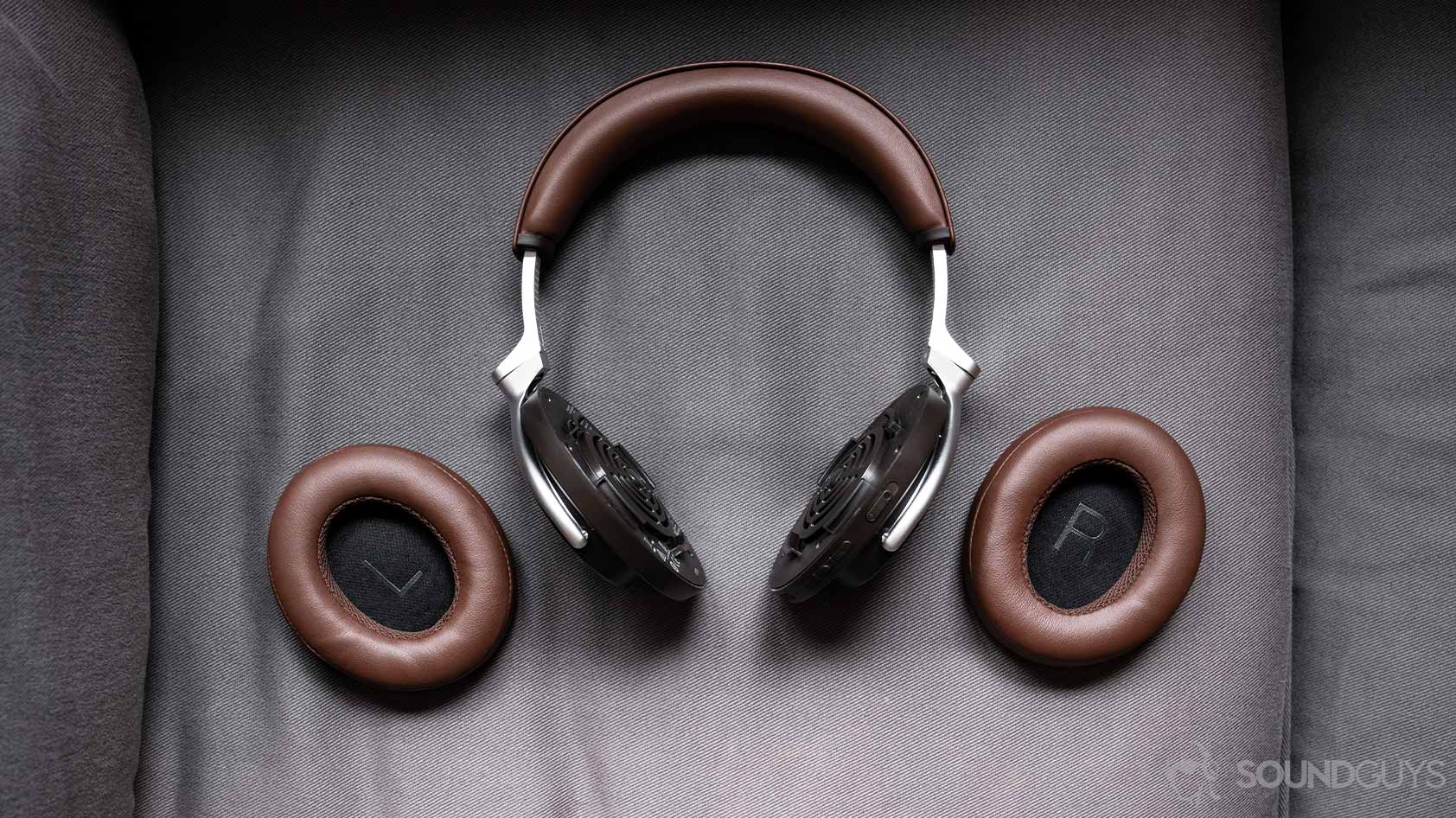
The Shure AONIC 50 wins this versus over the Bose Noise Canceling Headphones 700, but these are two of the best noise canceling headsets on the market; no matter which brand you roll with, you’re going to have a fabulous time. As of this update, the Bose Noise Canceling Headphones 700 are roughly $40 USD more expensive than the Shure AONIC 50. iPhone users may want to save some money by going with Bose; it’s not like iOS can take advantage of Shure’s wide array of supported Bluetooth codecs anyway, and the more modern design may appeal to a wider audience. That said, if your top priority is noise cancellation, the Shure AOINIC 50 will wipe the floor with Bose’s flagship headphones.